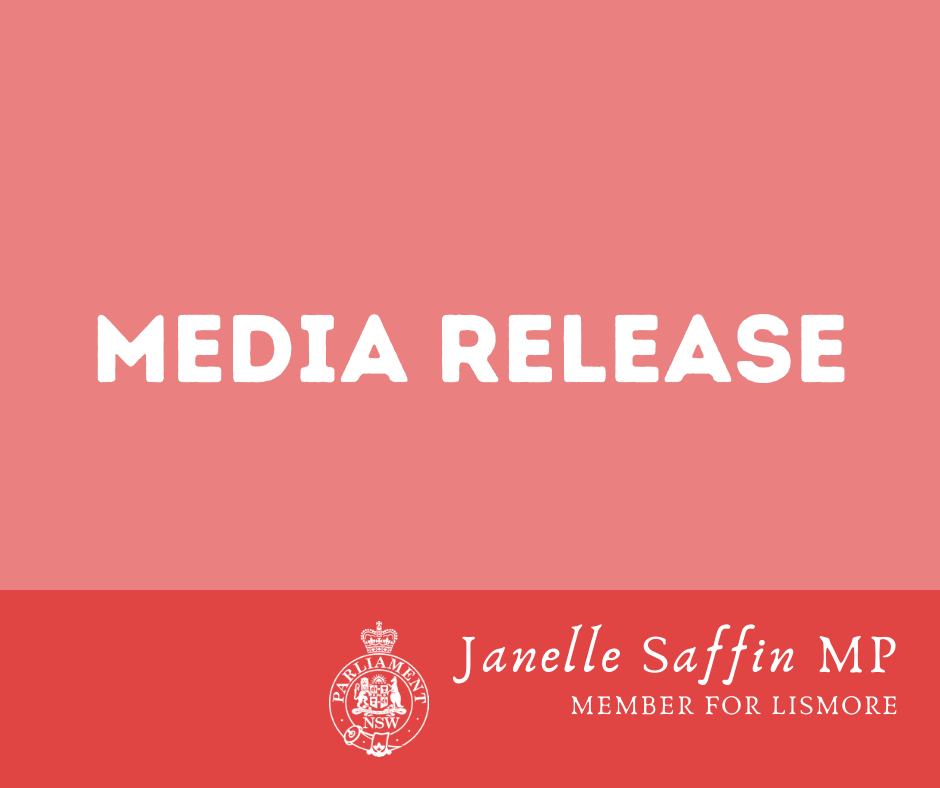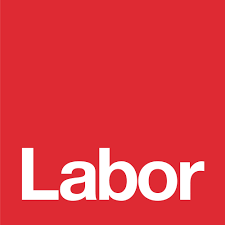THE NSW Government will rollout 86 dedicated patient-flow concierge officers across the state, including six in the Northern NSW Local Health District.
These roles will support clinical staff to facilitate patient flow and better co-ordinate the discharge processes.
This will enhance patient communication and experience, including for patients awaiting discharge who are National Disability Insurance Scheme recipients or residential aged care residents.
This is just one of a range of measures included in the Minns Labor Government’s $480.7 million emergency department relief package announced in the state budget in June.
Other measures in the ED relief package include:
- $171.4 million to introduce three additional virtual care services helping 180,000 avoid a trip to the ED;
- $100 million to back in our urgent care services to become a mainstay and key instrument of the health system in providing a pathway to care outside of our hospitals for an estimated 114,000 patients;
- $70 million to expand emergency department short stay units to improve patient flow to reduce ED wait times by nearly 80,000 hours; and
- $31.4 million to increase Hospital in the Home across the state allowing over 3,500 additional patients each year to be cared for in their home rather than a hospital bed.
Member for Lismore Janelle Saffin welcomed the new positions for the Northern NSW Local Health District.
“Having patients waiting around in our hospitals for lengthy periods is not good for them, their loved one, staff and other patients.
“Discharging patients from hospital is often an admin-heavy task, taking clinicians away from seeing patients.
“We’ve created this new role to help get patients home as soon as possible once they’re ready to be discharged – freeing up our doctors, nurses and other staff to get on with seeing patients.”

